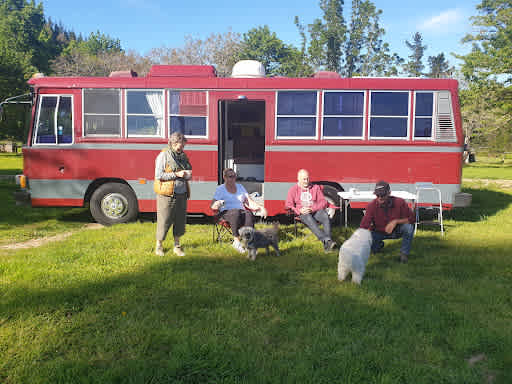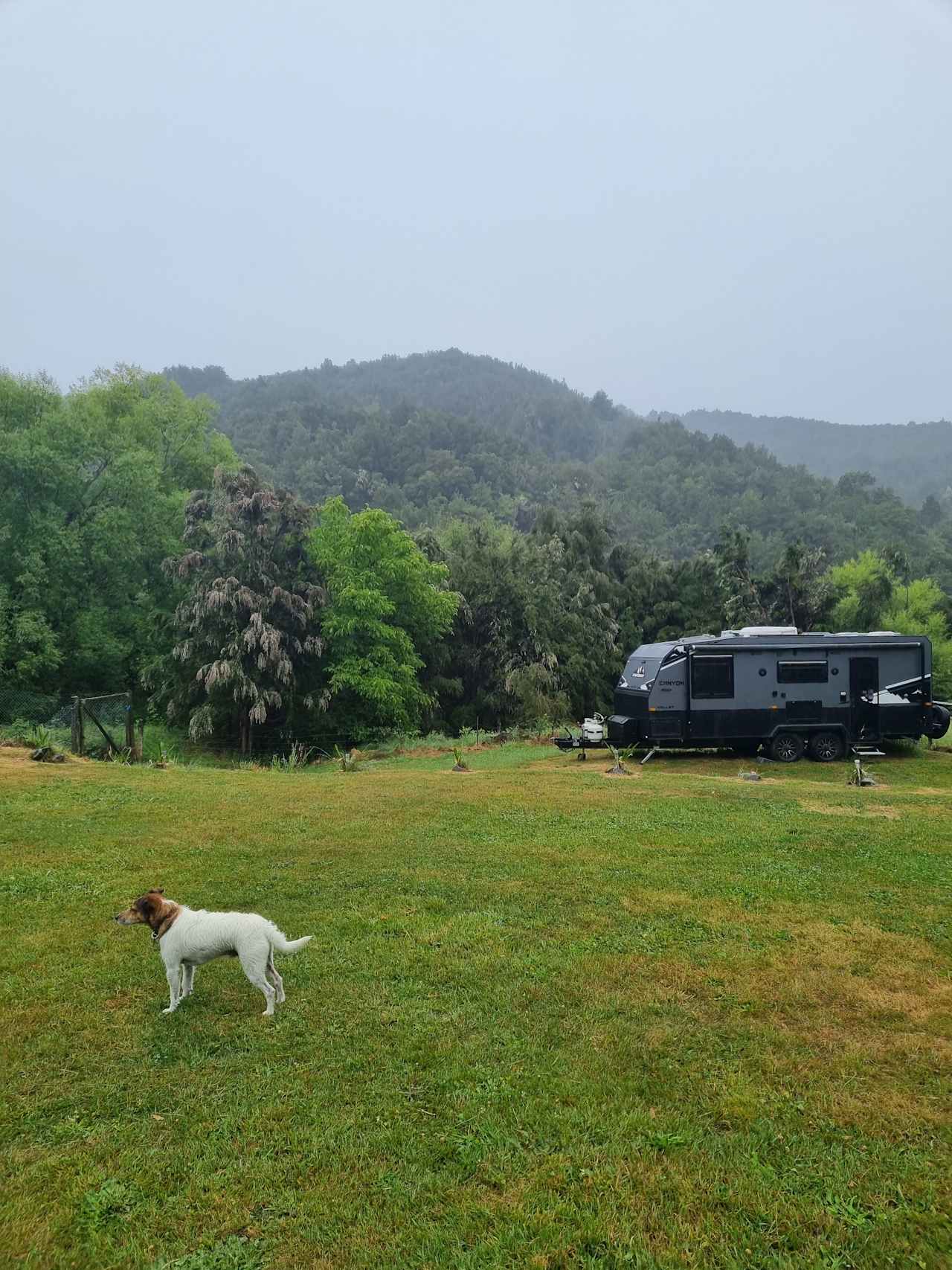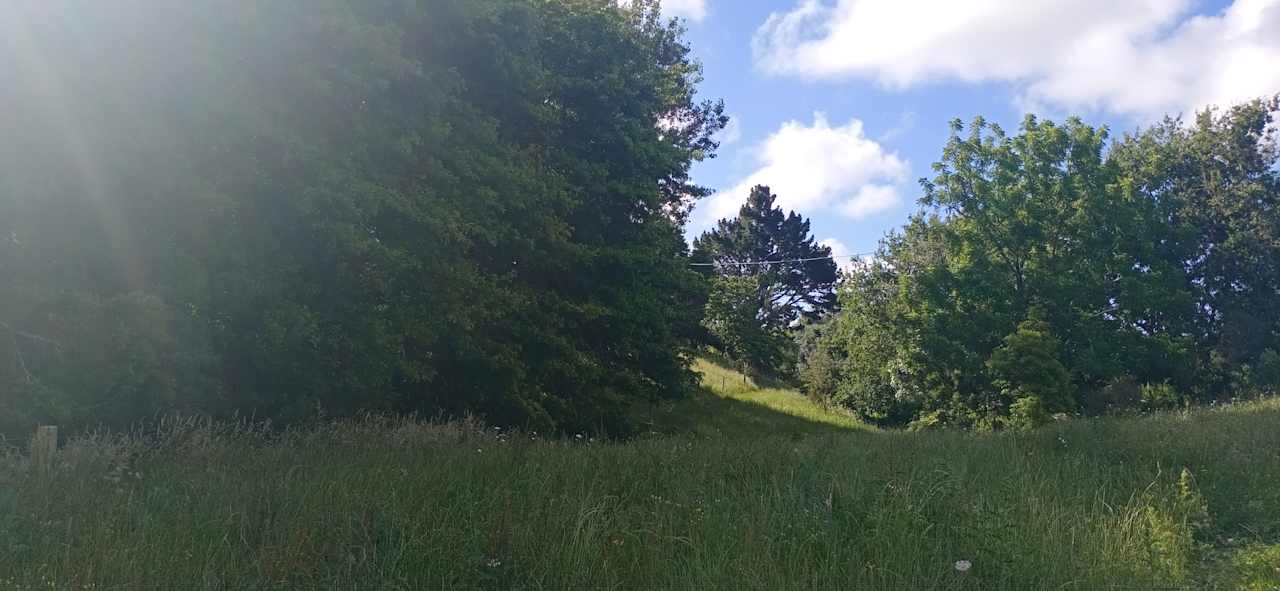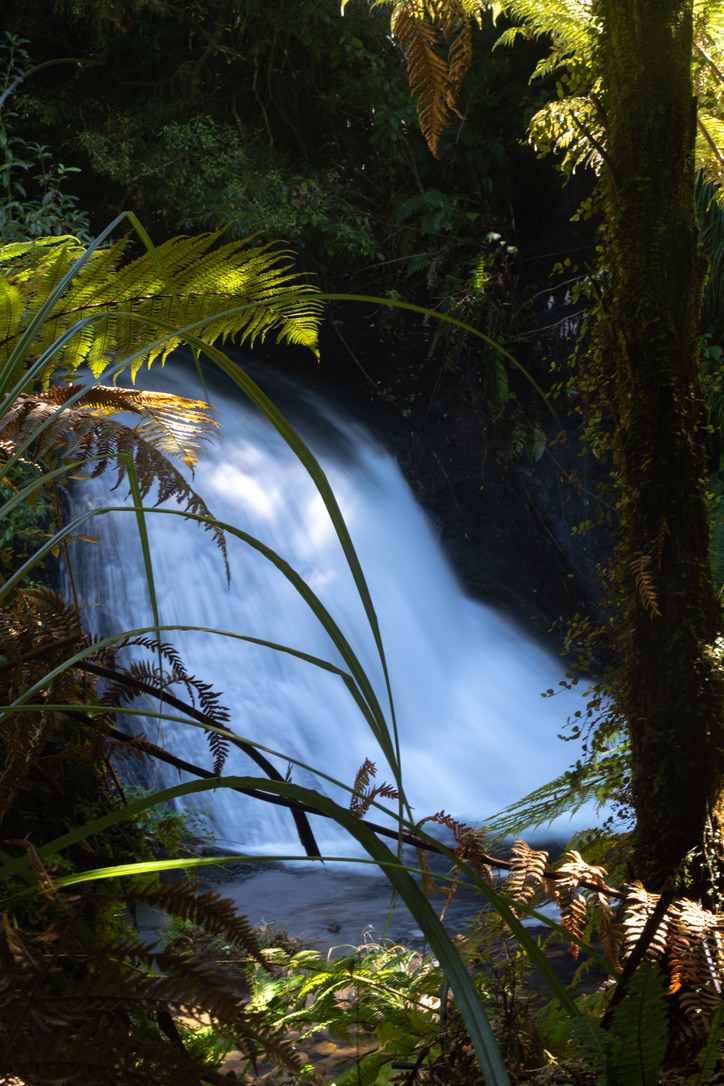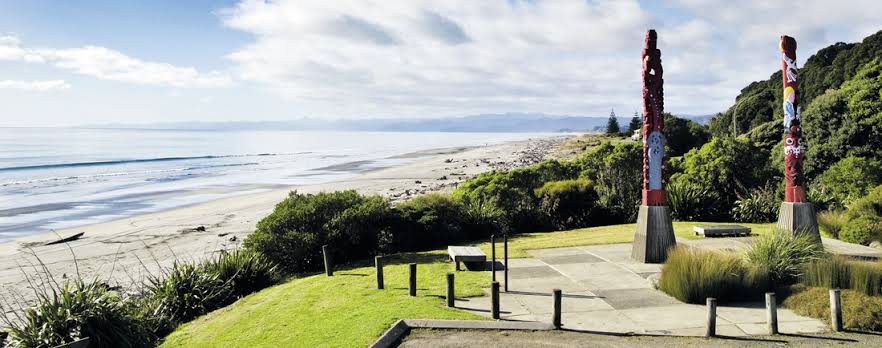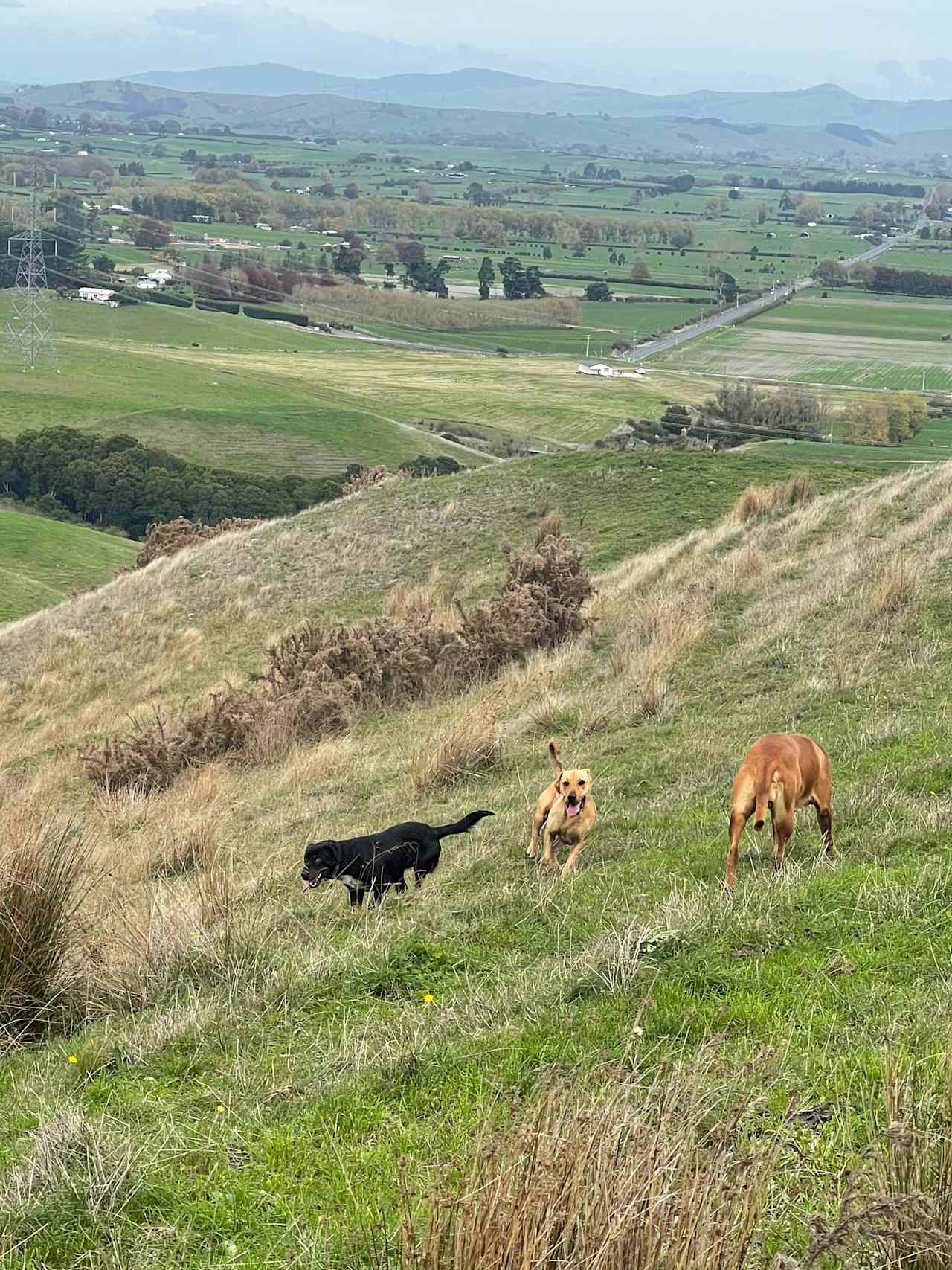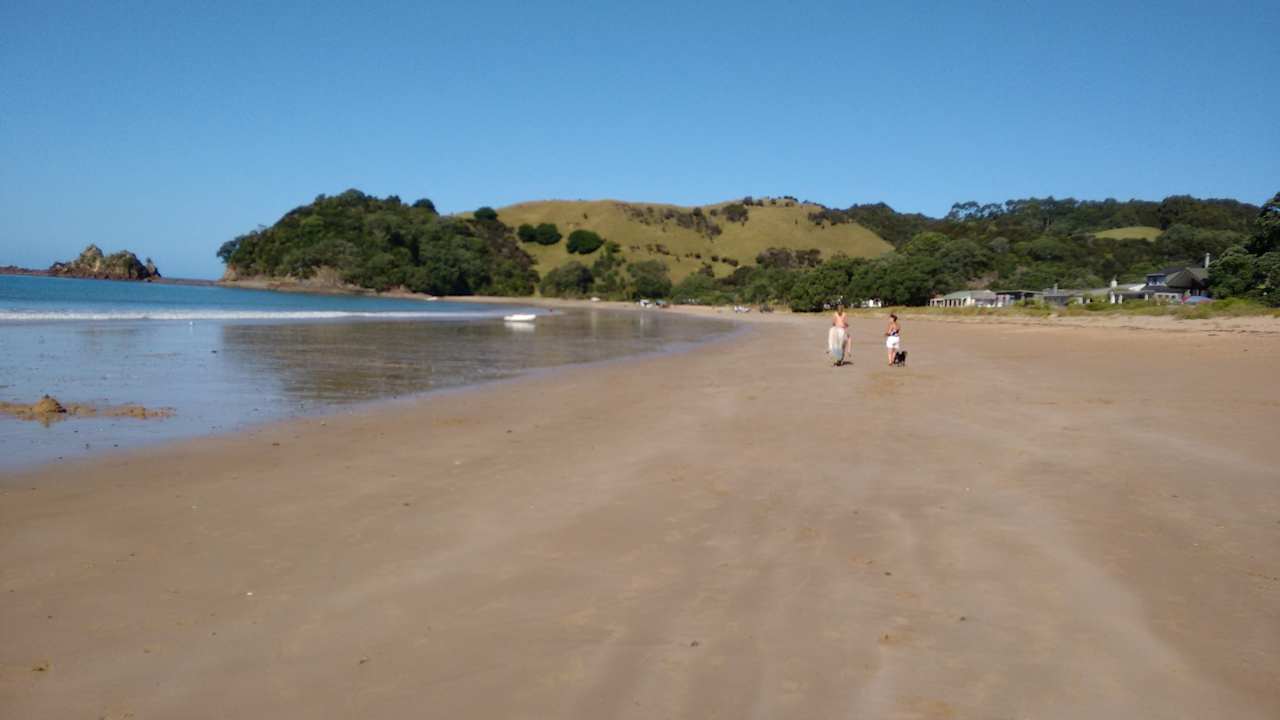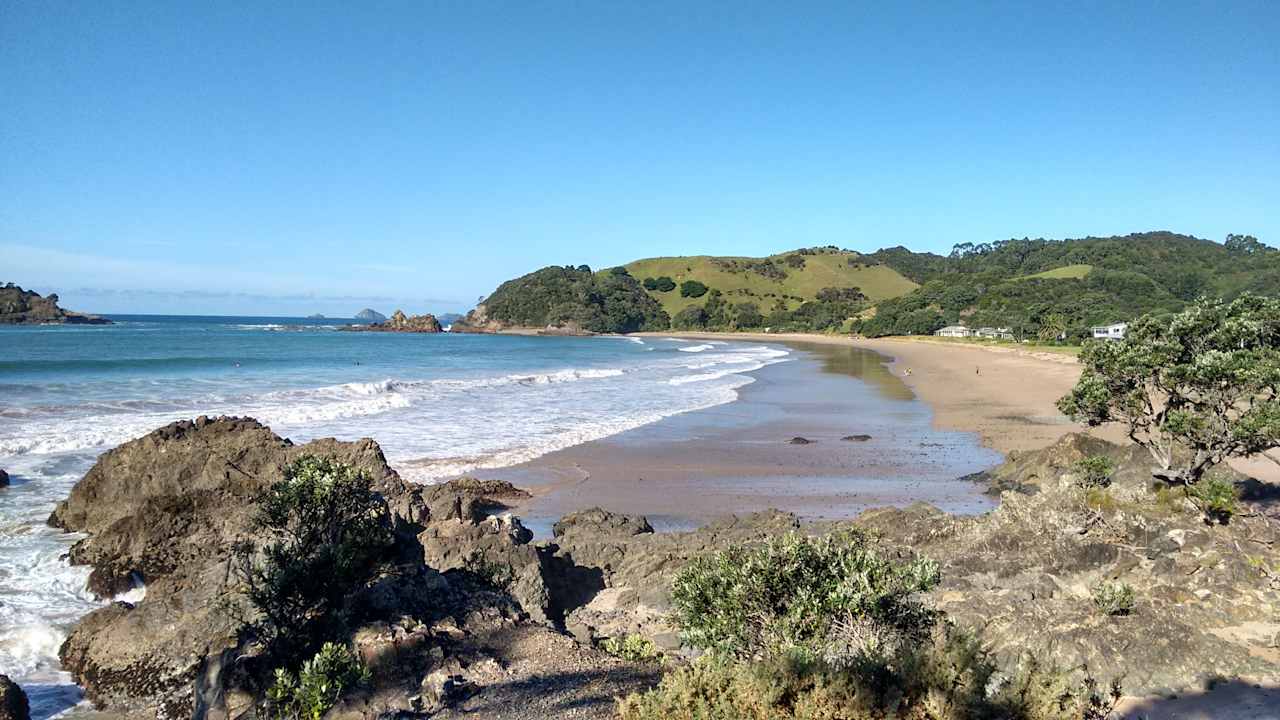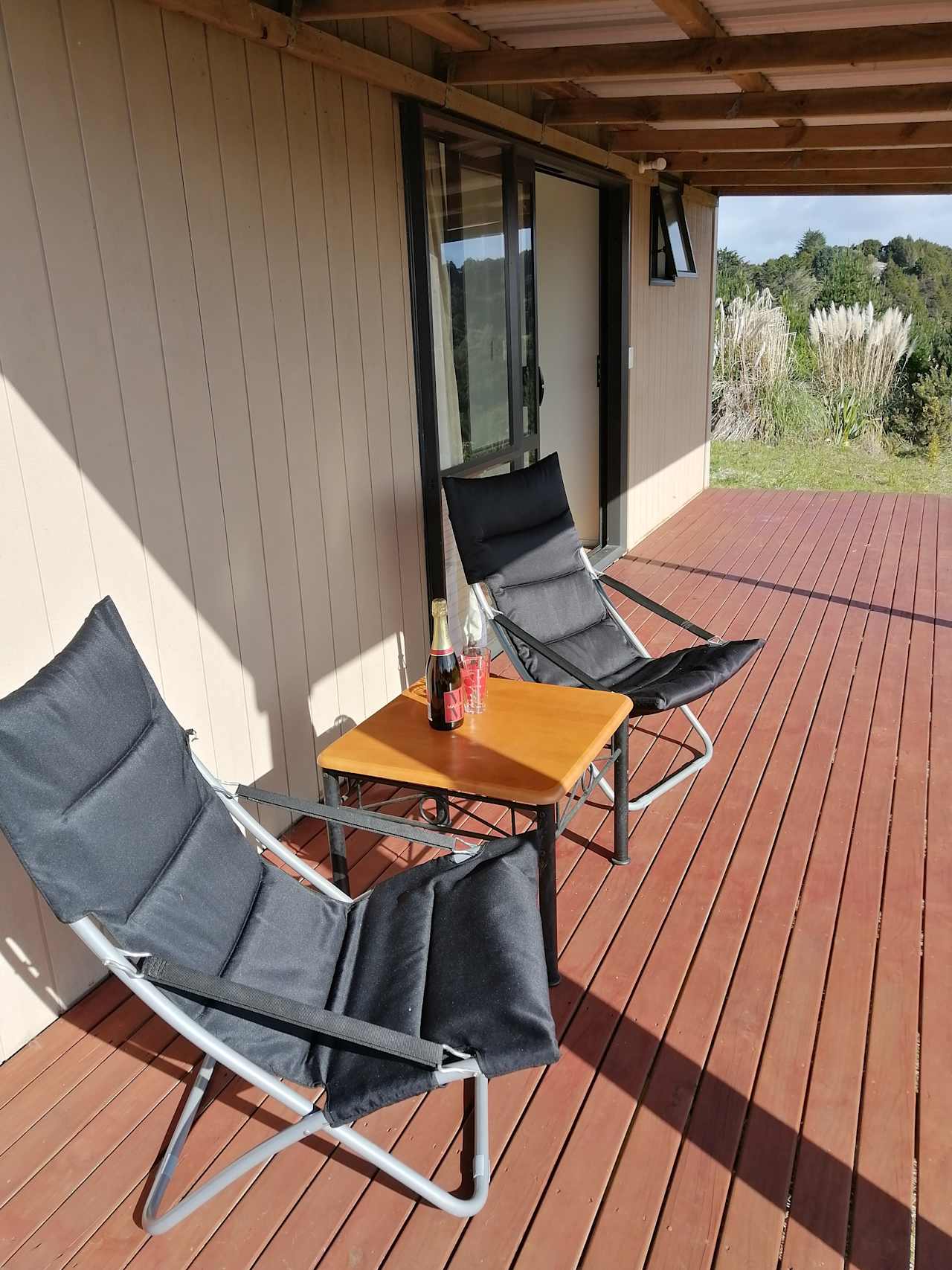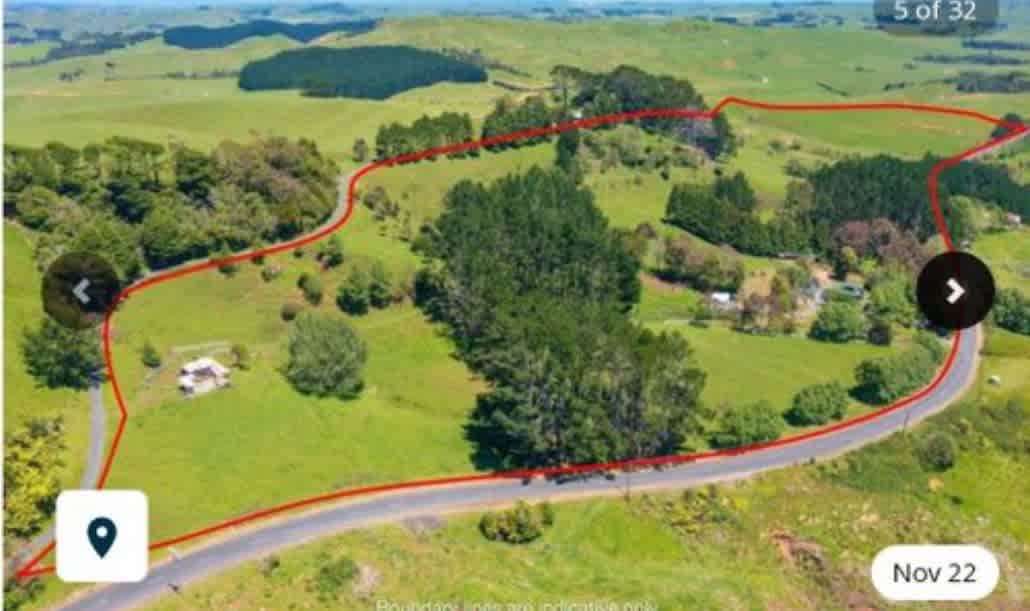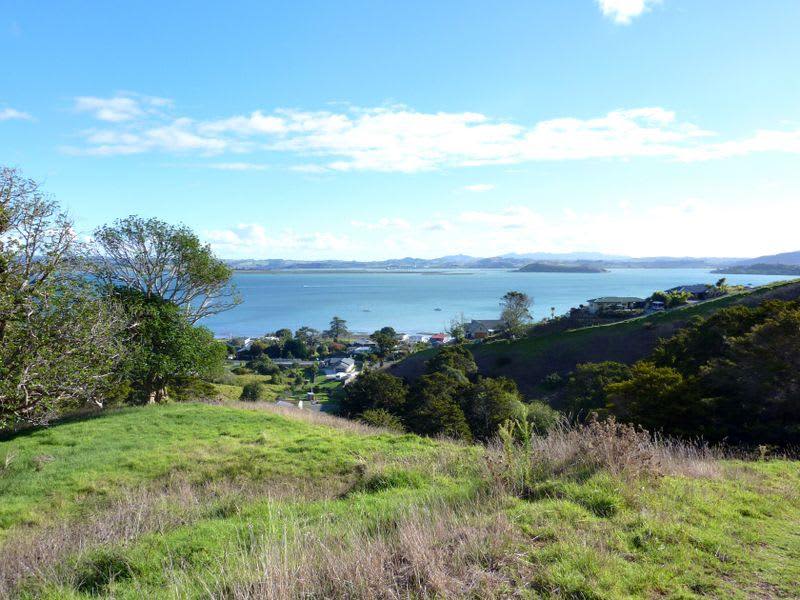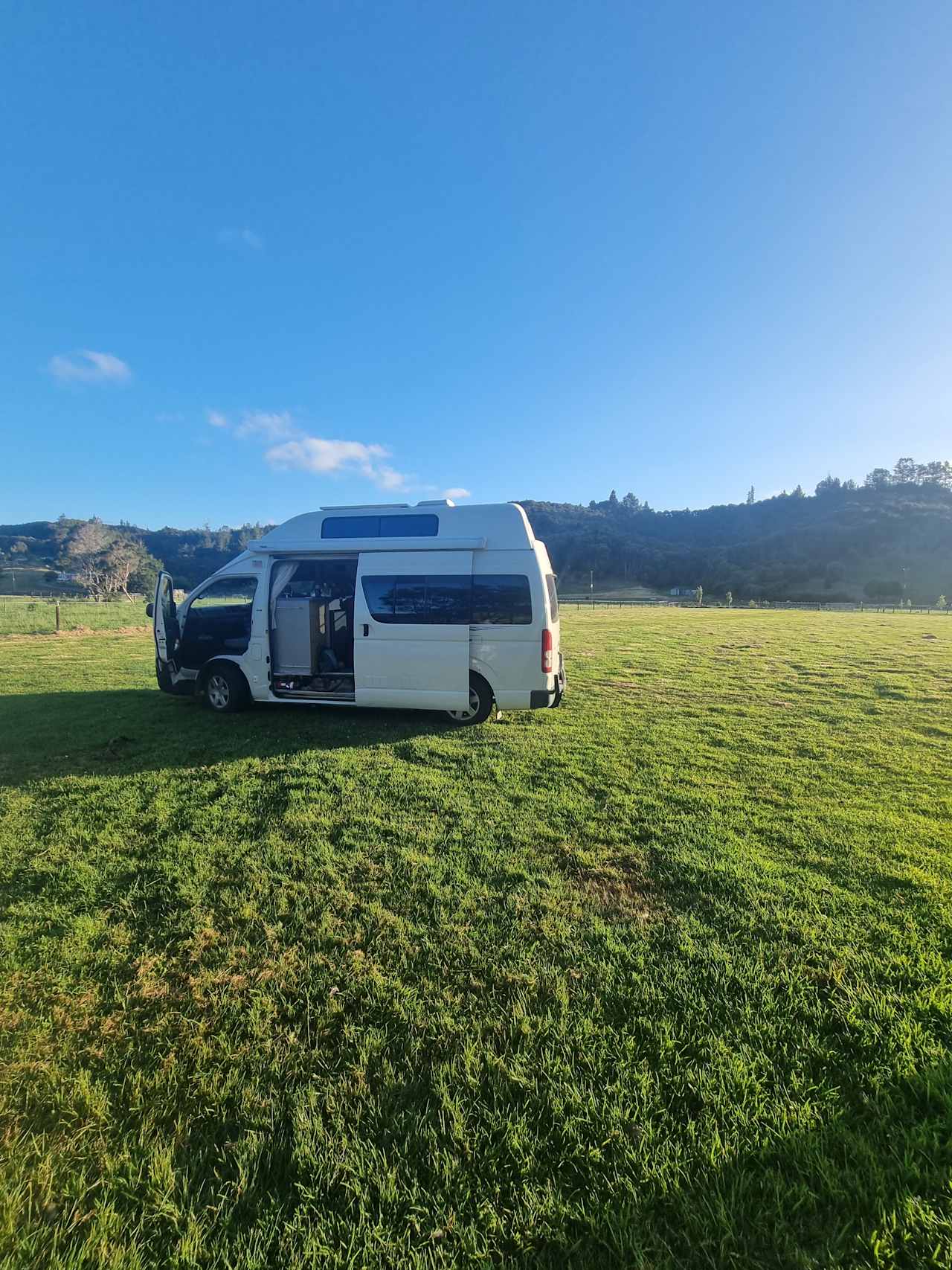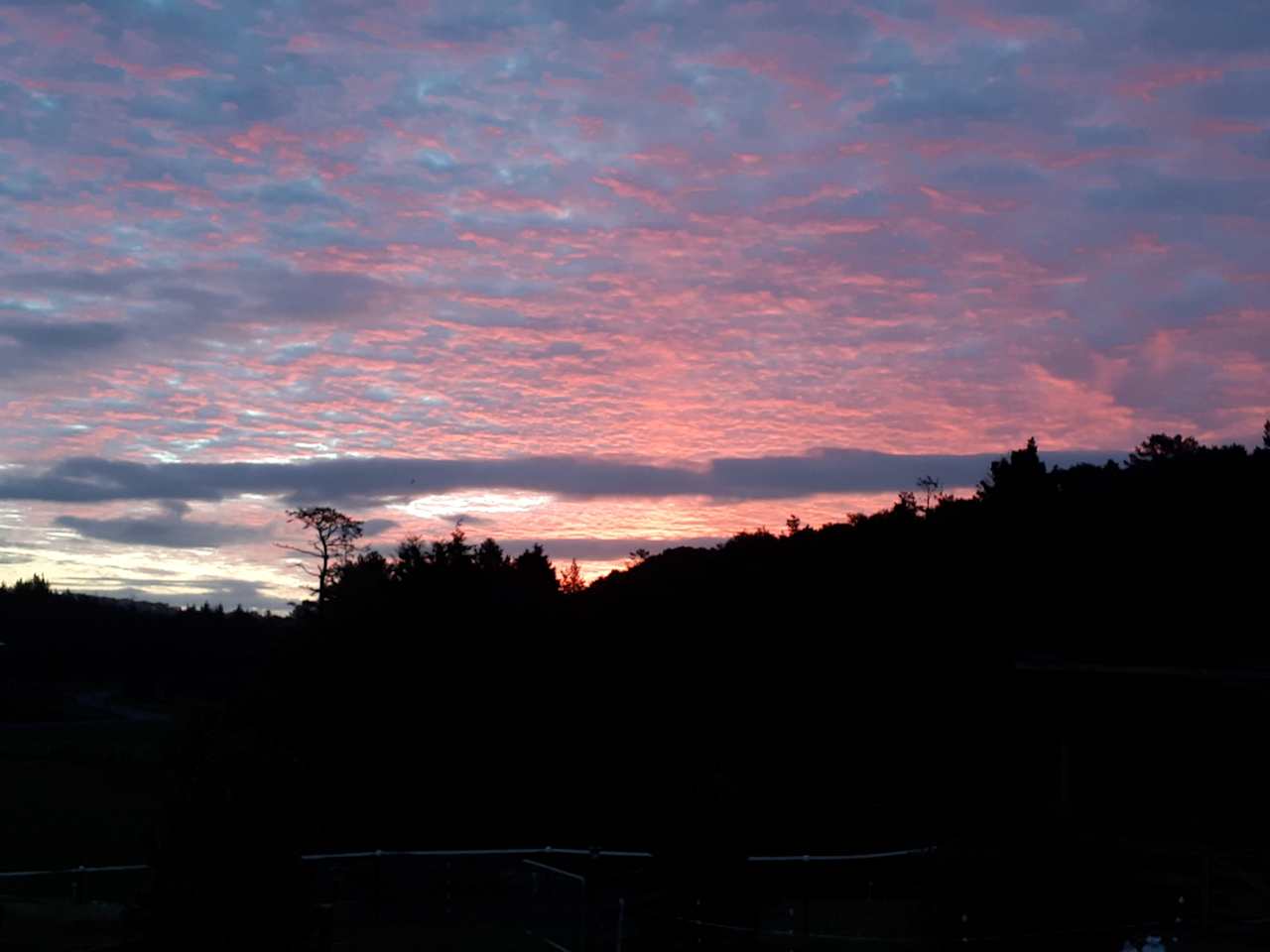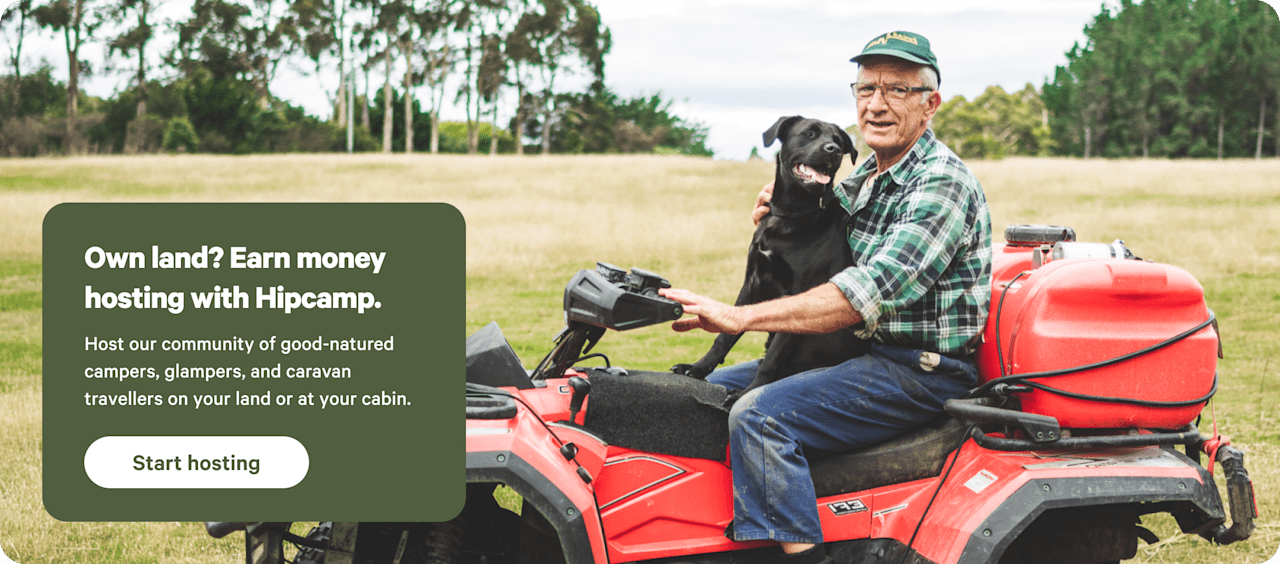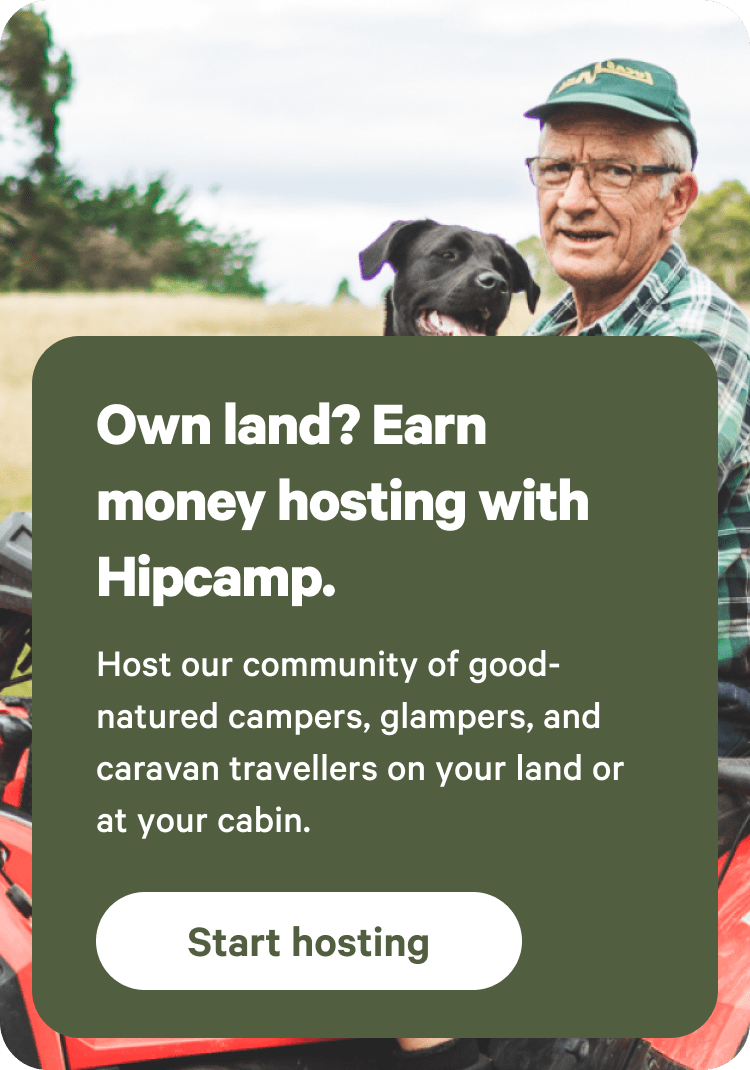Dog-friendly camping in New Zealand
From Māori maraes to volcanic landscapes, New Zealand offers some of the most diverse camping in the world.
Popular camping styles for New Zealand
Under $50
Available this weekend
12 top dog-friendly campgrounds in New Zealand
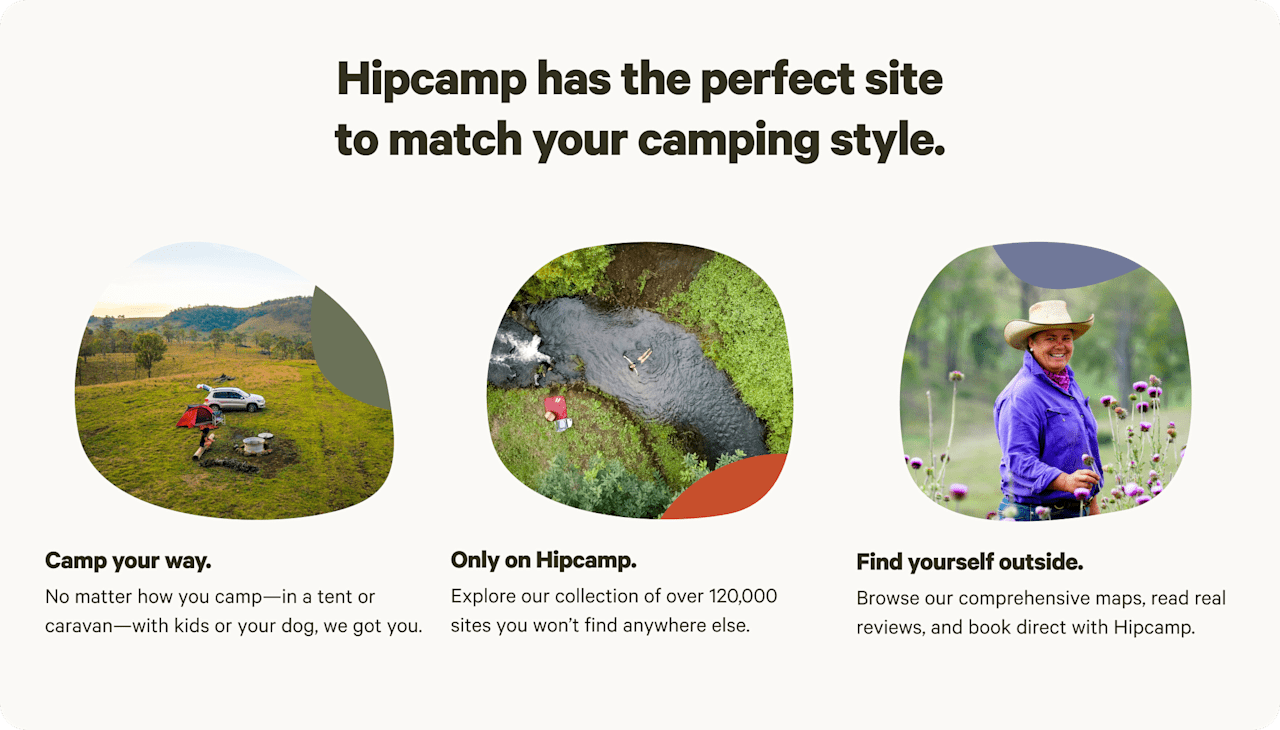

Dog-friendly camping in New Zealand guide
Overview
Ask a Kiwi what defines New Zealand (Aotearoa), and you'll get markedly different answers depending on where they hail from—even if they only grew up hours apart. That may be because New Zealand crams diverse landscapes and experiences into its 268,021 square kilometres. You can sleep at Māori maraes, park your campervan at the foot of active volcanoes, unroll your sleeping bag metres from the sea or deep in the rainforest, or pitch a tent at the foot of snow-capped mountains. Kiwis love road trips thanks to an extensive network of frontcountry, backcountry, and even urban camping areas. Freedom camping in New Zealand is also widespread, with free camping sites sometimes even equipped with flush toilets and hot showers. Department of Conservation (DOC) campsites and holiday parks can be found in even the most remote corners of the country, while local hosts are among the most welcoming you’ll find anywhere in the world.
Where to go
Northland (North Island)
This stretch of land north of Auckland is the birthplace of both Māoridom and modern New Zealand. Campsites in the Bay of Islands offer modern amenities and services, while seaside sites in the relatively unpopulated Far North region do justice to the phrase "winterless north."
Waikato (North Island)
Just south of Auckland, Waikato may be known for its cows, but this is also where you'll find some of the most dynamic camping in the region, including riverbanks and caves lit up at night with glowworms, surf beaches, and the bays and inlets of the Coromandel.
Bay of Plenty & Hawke's Bay (North Island)
Kiwifruits, wineries, and seafood are just part of what makes these two regions so plentiful. In addition to beachfront camping sites, you'll also find farm stays and further inland, camping among the misty mountain peaks of Te Urewera or beside the steaming geysers at Rotorua.
Ruapehu (North Island)
Within the volcanic heart of the North Island, the Ruapehu region also marks the start Whanganui River, with its headwaters in Tongariro National Park. Lava flows have defined this landscape, yet you can also park your motorhome among lush green rainforest.
Tasman/Nelson & Marlborough (South Island)
After a ferry ride from Wellington, you'll arrive to the northern end of the South Island, where these Tasman and Marlborough are known for their gold-hued beaches (especially in the aptly named Golden Bay and Abel Tasman National Park), plus kayaking, wineries, endless coastline, and native bush.
West Coast (South Island)
New Zealand's West Coast is known for being both wild and wet. It lives up to both descriptions, but it isn't all rain and gloom. Here, you'll find glaciers that nearly touch the sea, native rainforest, windswept beaches, and some of the country's most remote campsites.
Canterbury (South Island)
From the turquoise lakes of Mackenzie Country and the snow-capped peaks of Arthur's Pass to the braided rivers that cross the plains, Canterbury is as big as it is diverse. Want to camp beachside, riverside, oceanside, mountainside, lakeside, or even cityside in Christchurch? Find it all in Canterbury.
Otago (South Island)
Otago's urban centre of Queenstown is known for hustle and bustle, but it's easy to find yourself totally immersed in wilderness after just a short drive. With massive lakes, rushing rivers, and high mountain peaks, there's no shortage of adventure or camping grounds in the country's adrenaline capital.
Fiordland & Stewart Island (South Island)
Fiordland National Park is one of New Zealand's most remote regions—yet it's also one of the most visited. The postcard-perfect Milford Sound is what lures many here, but for those who have time to camp for a few nights, it offers unparalleled wilderness opportunities starting from Te Anau.

